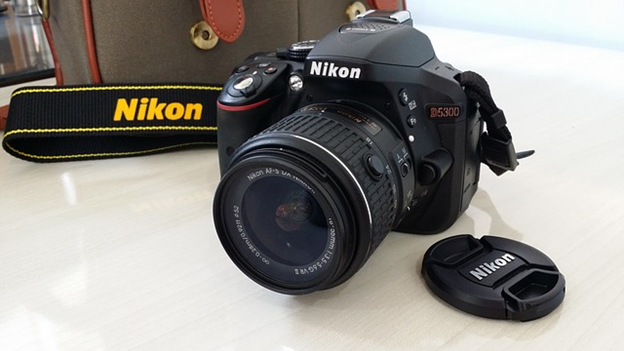
Image Source: Pixabay
If you’re an amateur travel photographer who wants to explore the world beyond smartphone cameras and compact cameras, then you’re probably eyeing entry-level DSLRs and mirrorless cameras from brands like Nikon.
However, choosing an appropriate beginner’s camera can be daunting if you’re unfamiliar with the technical specs of Nikon cameras. Read on to learn the difference between DSLRs and mirrorless cameras, the pros and cons of using these cameras, and the suitable cameras for amateur photographers.
DSLRs vs. Mirrorless Cameras
DSLR cameras use interior mirrors to reflect light coming in through the lens up to a prism or additional mirrors. The light is then reflected into the viewfinder where the user can preview the shot. When the user presses the shutter button, the mirror flips up, the shutter opens, and the light hits the image sensor, which captures the final image.
In mirrorless cameras, light passes through the lens straight onto the image sensor, which captures the preview of the image. This preview is displayed on the rear screen. Mirrorless cameras do not use mirrors altogether, which makes them lighter and more compact than your average DSLR.
DSLR cameras are also distinguished by their larger sensors. Nikon DSLRs have two sensor sizes: the more common APS-C sized sensor (which measures about 23.5 mm x 15.6 mm) and the more expensive full-frame sensor (which measures about 36mm x 24mm). Full-frame sensors can be found on full-frame DSLRs, which are meant for more advanced photographers.
Mirrorless cameras, on the other hand, have varying sensor sizes. The Nikon 1 series, for example, uses a smaller sensor (measuring 13.2mm x 8.8mm) with a 2.7 crop factor.
Using DSLRs and Mirrorless Cameras: Pros and Cons
Both DSLRs and mirrorless cameras accommodate interchangeable lenses, which allow photographers to choose specific lenses for different scenarios. Nikon DSLRs are paired with NIKKOR DSLR lenses, and Nikon mirrorless cameras, like the Nikon 1 J5, can be paired with 1 NIKKOR lenses. Moreover, when an optional FT-1 Mount Adapter is used, the Nikon 1 J5 can be paired with NIKKOR DSLR lenses.
As for image quality, while DSLRs can deliver superior technical image quality and are a cut above the average smartphone and compact camera, mirrorless cameras have gradually caught up with DSLRs. Many mirrorless cameras now deliver exceptional speed, precision, and image quality.
Whether you end up going for one of Nikon’s entry-level DSLRs or one of the mirrorless cameras from its Nikon 1 series, both types of cameras have their pros and cons.
Pros of Using Entry-Level Nikon DSLRs
- Wide range of high-quality lenses: All NIKKOR DSLR lenses are engineered to a high standard, and Nikon does not have a lens tier system. As a result, those who purchase entry-level Nikon cameras with lenses are guaranteed high-quality learning lenses. As they gain more technical skill, users can purchase more NIKKOR DSLR lenses for their DSLRs.
- Wider technical range and better functionality: Nikon DSLRs, including the entry-level models, offer great technical features such as superior low-light performance, more autofocus points, and better flash control for superior technical image quality and enhanced functionality.
Cons of Using Entry-Level Nikon DSLRs
- Bulky and noisy: While some entry-level Nikon DSLRs are relatively lightweight and compact, the average Nikon DSLR is quite bulky and heavy. Also, because they have more moving parts, DSLRs are noisier than mirrorless cameras, which can pose a problem for event, wildlife, and newborn photographers who risk startling their subjects with the noise of their cameras.
Pros of Using Nikon Mirrorless Cameras
- Slim, lightweight, and compact: Cameras from the Nikon 1 series are slim, lightweight, and very compact. Physically, they are quite similar to compact cameras but contain better specs and features. The Nikon 1 J4, for example, weighs only 192 grams and is slim enough to fit inside a pocket.
- Armed with great features: Cameras from the Nikon 1 series come with great features such as Wi-Fi connectivity, excellent low-light performance, great flash control, and effects that allow users to personalize their shots.
Cons of Using Nikon Mirrorless Cameras
- Limited only to 1 NIKKOR lenses and NIKKOR DSLR lenses: While Nikon offers a relatively versatile range of lenses for its Nikon 1 series, it cannot accommodate open source lenses from other lens systems. The Nikon 1 J5, for example, gives users access to 11 1 NIKKOR lenses, and with the help of an FT-1 Mount Adapter, allows users to use NIKKOR DSLR lenses. If you have lenses from other lens systems, these will not be compatible with your Nikon 1 J5.
Best Entry-Level Nikon DSLRs
Nikon D5300
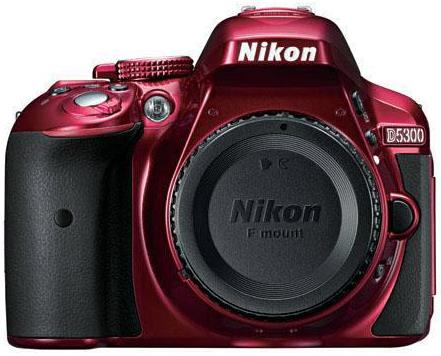
Image Source: Adorama
The Nikon D5300 is an “advanced beginner’s” DSLR. It’s the first APS sensor Nikon DSLR to offer full Wi-Fi connectivity that allows users to share images online straight from their cameras. Users can also operate their D5300 remotely using a free app on their smartphones or tablets.
Key specs include a 24-megapixel sensor, an extra-large 3.2 inch swivel LCD monitor, and more physical controls. However, the D5300 lacks the twin-dial interface and professional-grade AF system that can be found on the D7100. The D5300 accepts all Nikon F-mount lenses, though it is best to use with Dx lenses.
This camera is great for amateur photographers who aren’t intimidated by extensive control options and photography students who’re looking for a full-featured camera to grow with.
Nikon D3300
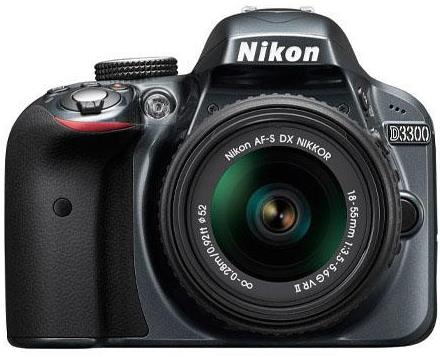
Image Source: Adorama
Another great beginner-friendly, entry-level DSLR is the Nikon D3300. While it may not shoot 4K video or have a curved LCD, it does have an impressive 24.2-megapixel DX format (APS-C) sensor. Users can share their photographic masterpieces instantly with a compatible smartphone and optional WU-1a Wireless Adapter. Those who want to challenge their creativity can create high-resolution panoramas or add fun effects to their photos.
Other key specs include an Expeed 4 branded processor, a fixed 3.0 inch 921k-dot LCD, 5 fps continuous shooting, and 700-shot battery life.
Nikon Mirrorless Cameras for Amateur Photographers
Nikon 1 J5
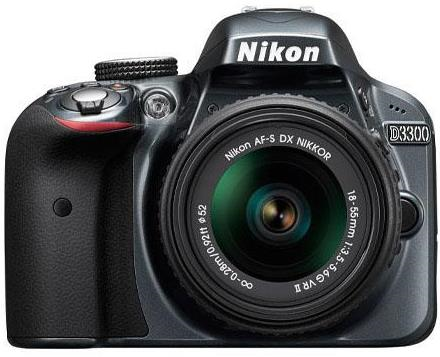
Image Source: Adorama
The Nikon 1 J5 is faster than most DSLRs and can achieve image quality and low-light performance that few compact cameras can match. It can shoot 20.8-megapixel photos, create seamless time-lapse and slow-motion sequences, produce HDR (High Dynamic Range) images, and much more.
Other key specs include the camera’s 180-degree tilting touchscreen (great for high-resolution selfies), full manual control option, new onboard effects, as well as built-in Wi-Fi connectivity and Near Field Communication (NFC) for sharing photos on the go. The Nikon 1 J5 also boasts an autofocus system with 171 contrast-detect and 105 phase-detect points, and a new Expeed 5A processor that facilitates 20 fps still shooting with continuous focus and 60 fps with single focus.
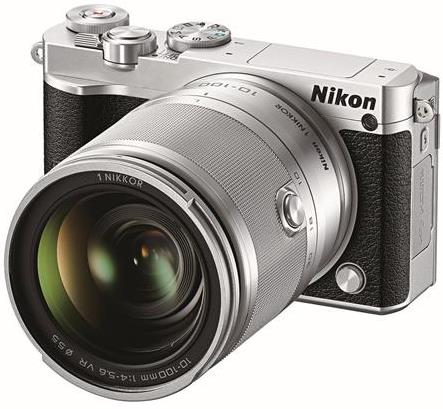
Nikon 1 J4
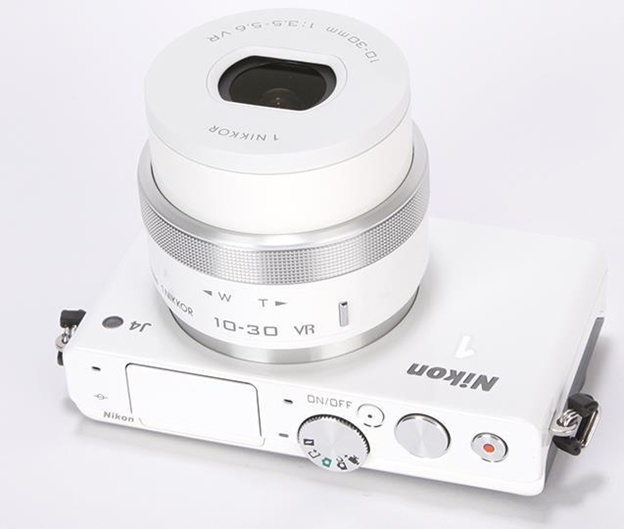
Image Source: trustedreviews.com
The Nikon 1 J4 is an extremely light and compact camera that can slip inside the user’s pocket. It has a high-resolution 18.4-megapixel CMOS sensor, boasts 20 fps phase-detection AF for continuous shooting, and is powered by an Expeed 4A image-processing engine. Like its upgrade, the Nikon 1 J5, the J4 boasts Wi-Fi connectivity and full support for all 1 NIKKOR lenses.
Unlike the J5, however, the J4 does not have NFC functionality, which enables users to transfer data from their cameras to their phones and tablets via Wi-Fi. Also, its specs aren’t quite on par with mirrorless cameras from other brands. However, for amateur photographers who’re looking for a camera with a beginner-friendly user interface, the Nikon 1 J4 is a great choice.
Author Bio
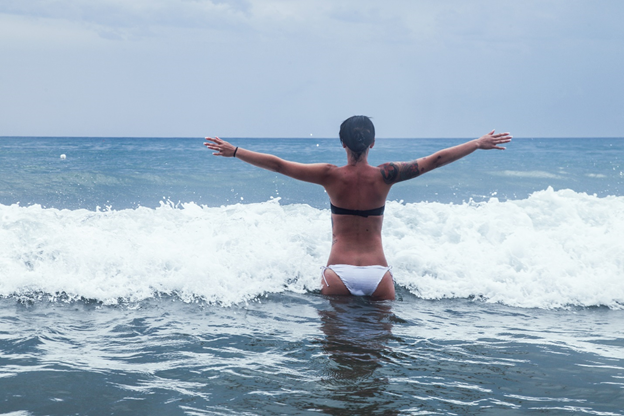
Liz Pekler is a travel photographer with almost 10 years of experience in the field. When she is not out exploring the world, she likes to share her knowledge about photography and travel through writing for blogs.
Remember, never travel without travel insurance! And never overpay for travel insurance!
I use HeyMondo. You get INSTANT quotes. Super cheap, they actually pay out, AND they cover almost everywhere, where most insurance companies don't (even places like Central African Republic etc!). You can sign-up here. PS You even get 5% off if you use MY LINK! You can even sign up if you're already overseas and traveling, pretty cool.
Also, if you want to start a blog...I CAN HELP YOU!
Also, if you want to start a blog, and start to change your life, I'd love to help you! Email me on johnny@onestep4ward.com. In the meantime, check out my super easy blog post on how to start a travel blog in under 30 minutes, here! And if you just want to get cracking, use BlueHost at a discount, through me.
Also, (if you're like me, and awful with tech-stuff) email me and my team can get a blog up and running for you, designed and everything, for $699 - email johnny@onestep4ward.com to get started.
Do you work remotely? Are you a digital nomad/blogger etc? You need to be insured too.
I use SafetyWing for my digital nomad insurance. It covers me while I live overseas. It's just $10 a week, and it's amazing! No upfront fees, you just pay week by week, and you can sign up just for a week if you want, then switch it off and on whenever. You can read my review here, and you can sign-up here!







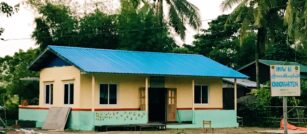
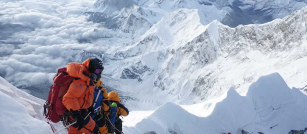

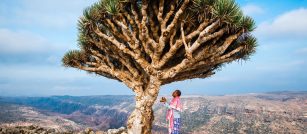

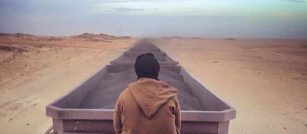
 As you know, blogging changed my life. I left Ireland broke, with no plan, with just a one-way ticket to Thailand
and no money. Since then, I started a blog, then a digital media company, I've made
more than $1,500,000 USD, bought 4 properties and visited (almost) every country in the world. And I did it all from my laptop as I
travel the world and live my dream. I talk about how I did it, and how you can do it too, in my COMPLETELY FREE
Ebook, all 20,000
words or so. Just finish the process by putting in your email below and I'll mail it right out to you immediately. No spam ever too, I promise!
As you know, blogging changed my life. I left Ireland broke, with no plan, with just a one-way ticket to Thailand
and no money. Since then, I started a blog, then a digital media company, I've made
more than $1,500,000 USD, bought 4 properties and visited (almost) every country in the world. And I did it all from my laptop as I
travel the world and live my dream. I talk about how I did it, and how you can do it too, in my COMPLETELY FREE
Ebook, all 20,000
words or so. Just finish the process by putting in your email below and I'll mail it right out to you immediately. No spam ever too, I promise!
